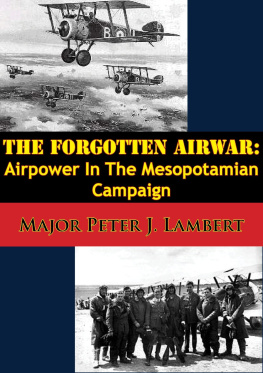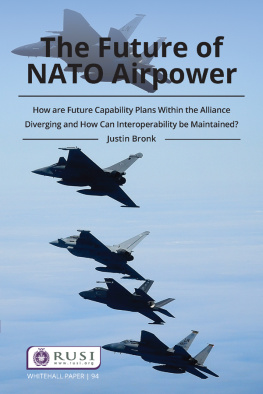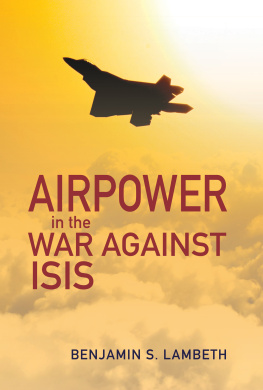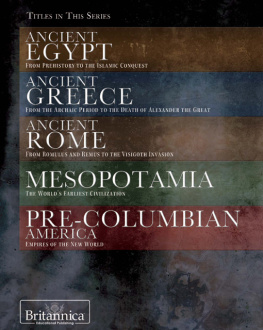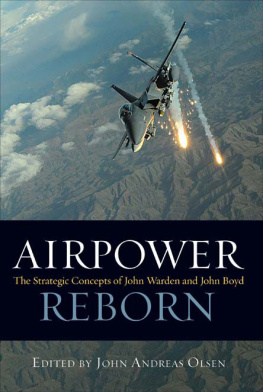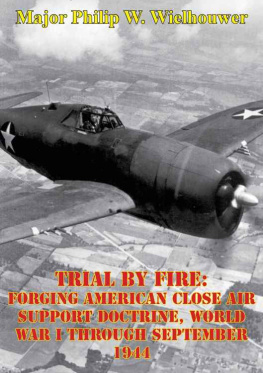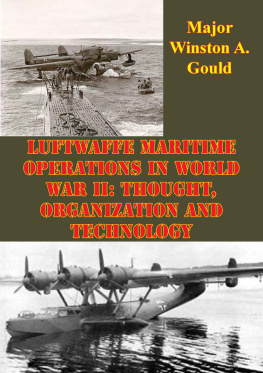

This edition is published by PICKLE PARTNERS PUBLISHINGwww.picklepartnerspublishing.com
To join our mailing list for new titles or for issues with our books picklepublishing@gmail.com
Or on Facebook
Text originally published in 2003 under the same title.
Pickle Partners Publishing 2015, all rights reserved. No part of this publication may be reproduced, stored in a retrieval system or transmitted by any means, electrical, mechanical or otherwise without the written permission of the copyright holder.
Publishers Note
Although in most cases we have retained the Authors original spelling and grammar to authentically reproduce the work of the Author and the original intent of such material, some additional notes and clarifications have been added for the modern readers benefit.
We have also made every effort to include all maps and illustrations of the original edition the limitations of formatting do not allow of including larger maps, we will upload as many of these maps as possible.
THE FORGOTTEN AIRWAR: AIRPOWER IN THE MESOPOTAMIAN CAMPAIGN
BY
MAJOR PETER J. LAMBERT, USAF
TABLE OF CONTENTS
Contents
ABSTRACT
This thesis discusses the role of airpower in the Mesopotamian Campaign of World War I. Britain conducted military operations against Ottoman forces in Mesopotamia to defend Britains oil interests and lines of communication, but also to open an additional front against the Turks. The battles conducted from the commencement of hostilities in November 1914 until the Turkish surrender in October 1918 were carried out with the use of a new technology on the battlefieldthe aeroplane.
This thesis explores the roles of airpower in the Mesopotamian Campaign, and what affect airpower had on military operations. The thesis also looks at the missions of the Royal Flying Corps in Mesopotamia, how they evolved during the course of the conflict, and what impact they had on post-war Royal Air Force development. The study concludes by determining airpower in the Mesopotamian Campaign influenced the policy of air control in the post-war British Empire, and positively influenced the perception of ground commanders to the value of airpower to ground maneuver.
ACKNOWLEDGMENTS
First and foremost my thanks go to wife Courtney, who endured my weekend journeys to the library, and tolerated my life at the computer, ceaselessly toiling on this paper. Her patience was my saving grace, and for that I owe her my deepest thanks.
To LTC Fuschak, whose infinite patience with reviewing, editing, and general guidance made this paper possible. And thanks to Lt Col Toomer, whose insight on the early era of air theory and application was of great value in providing some context to the design of the thesis. And lastly to LTC Farrell, who provided some valuable situational awareness for the completion of this project.
To Mark Offord, whose assistance with research at the Public Records Office was most helpful, particularly with his patience in trying to determine what I really needed, vice what I thought I needed.
To Peter Wright from Cross and Cockade and the countless others from United Kingdom, whose assistance and advice were helpful in digging up the odd item from some long-forgotten resource.
To say that living in the modern era is a blessing is an understatement. The men who flew for the Royal Flying Corps during the Mesopotamian Campaign endured hardships that are hard to imagine today. Nevertheless, they suffered, endured, and persevered under extraordinary conditions. The fact that they were able to function in any manner is a testament to their fortitude. My hope is that this paper gives due credit to this sideshow and documents in its entirety this long-forgotten conflict.
ACRONYMS
IEFDIndian Expeditionary Force D
GOCGeneral Officer Commanding
GOIGovernment of India
JUSII The Journal of the United Service Institute of India
MFMaurice Farman
RFCRoyal Flying Corps
RNASRoyal Naval Air Service
RUSI The Journal of the Royal United Service Institution
SdnSquadron
TSIDTechnical Subcommittee of Imperial Defense
ILLUSTRATIONS
Figure
- Map of Lower Mesopotamia.
- Map of Operations on the Tigris.
- Map of Operations North of Baghdad.
CHAPTER 1INTRODUCTION
Captains Kerring and King-Harmon are having a typical early morning flight in their two-seater Voisin, spotting for the British artillery. Flights this early in the morning are becoming the norm for Kerring as the blistering heat of the Mesopotamian summer ensures no activity takes place during the day. Coordination between the artillery and the aircraft is going exceedingly well this morning: Turk ammunition dumps have been hit, and troop formations noted. Overall a good day, but about to become a bit more exciting. Both Kerring and his observer King-Harmon note the enemy aircraft signal from their ground station, and immediately begin looking furiously for the enemy aircraft. Kerring finds the German machine moving to maneuver between the sun and his machine. The two machines pass within 150 yards of one another, both attempting to gain a better position. However the German machine is able to fire a few shots, hitting the rudder control of the British machine, forcing Kerring to make a controlled landing near the British airpark. Both Kerring and King-Harmon run from their damaged machine, jump into a new machine, return to the fight, and continue to successfully direct artillery on the enemy. A harrowing experience, but ultimately successful.
The campaign is now operating on several fronts, yet no aerial reinforcements to support the multiple efforts. Wing Commander Lieutenant Colonel J. E. Tennant hears of complaints about the lack of adequate support from the air. Air support for the drive on Al-Kut and Baghdad had been easier; one front eliminated duplication of effort and allowed for an effective span of control of his machines by one air commander. Three fronts are now in play, with flights of machines detached to support each front, each commanded by relatively junior officers who in turn are subordinate to the army staffs to which they are attached. Tennants machines are a new technology for many of the infantry and cavalry officers who now find themselves organizing aircraft employment. The junior flight officers are growing increasingly frustrated by the orders of the army officers, which make their employment inefficient and uneconomical. Furthermore, Tennant knows the army staffs are not taking full advantage of what his machines can offer. Tennant believes that if he does not intervene as the senior Royal Flying Corps (RFC) representative, the situation will only grow worse. He decides to intervene with the staffs to ensure everyone is getting what they need, and moreover, clarify the utility of his machines. His efforts go to no avail with his army counterparts. He has no alternative but to seek counsel from the General Officer Commanding (GOC) of Mesopotamian Forces, General Maude, who is able to soothe over ruffled feathers, and bring a semblance of agreement between the army and air staffs.
Enter a new revolution in technologythe airplane, flown for the first time just twelve years prior at Kitty Hawk, and not considered by Great Britain until 1908 as a technology worth pursuing. It is now 1914. War clouds loom and the Indian Government finds a total of four aircraft in the entire country, none of which are worthy of deploying to Mesopotamia.
Next page
